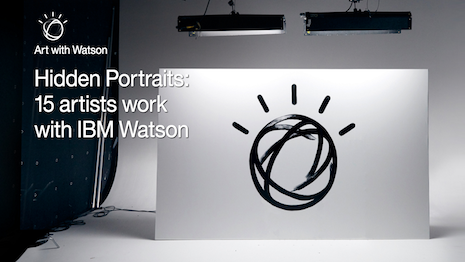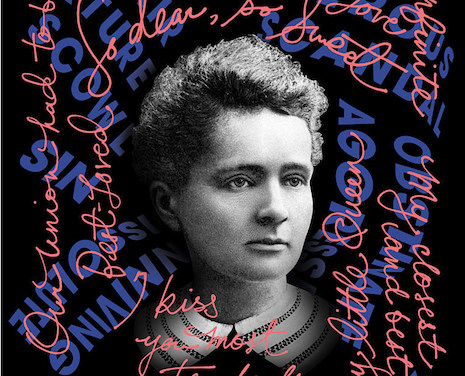 IBM is hosting Art with Watson at New York's Cadillac House, an event space operated by the automaker
IBM is hosting Art with Watson at New York's Cadillac House, an event space operated by the automaker
Technology firm IBM is demonstrating the “cognitive creativity” of its artificial intelligence software Watson in a manner typically reserved solely for humankind.
IBM is hosting and sponsoring a special exhibition at the Cadillac House gallery, operated by the automaker, in New York’s SoHo neighborhood. Open April 25 through May 7, the gallery exhibition was created with the help of Watson who assisted featured artists on a series of portraits.
Cognitive insights
Technology has made its way into nearly every facet of the luxury landscape. Hotels, brands and retailers have surely benefited, and the art sector has witnessed its own advancements thanks to leveraging digital technologies that connect artists to clients through platform-based services and algorithms.
Taking art’s technological advances a step further, IBM Watson partnered with a number of contemporary artists to create works of art.
“Art with Watson” at the Cadillac House located on 330 Hudson Street includes portraits of science, society, business and design pioneers. Portraits include that of Marie Curie, Nikola Tesla, Charles Darwin, Eleanor Roosevelt, Josephine Baker, Thomas J. Watson and Paul Rand.
The portraits were created with the help of IBM Watson technology. The AI software provided the participating artists with insights in each subject’s life.
For example, Watson provided insights on Mr. Tesla’s patents and journals and shared Ms. Curie’s letters to her children. With this added element of personal insight, the artists had a better understand of the subject and who they were as people, rather than their well-known accomplishments.
Art with Watson features artists Even Stebler, Sean Freeman, Craig Cutler, Taylor James, Gwen Vanhee, Wim Vandenden, Trevor Gureckis, Peter Hahn, Chris Rowson, Bastien Baumann and Robyn Makinson.
Marie Curie is among the subjects of a new exhibit, Art with Watson: Hidden Portraits April 25 to May 7 at Cadillac House in New York; Photo courtesy of IBM
The exhibit also features a “cognitive photo booth,” where visitors can put Watson to the test. Visitors are encouraged to respond to a series of questions and the AI software, based on the answers, will compose a personal portrait.
IBM set out to demonstrate that Watson can be used to create original works of art such as films, architecture, music and fashion.
“[Similar to] the cognitive dress and song, these works show how artists can interact with Watson to inspire human creativity,” said Ann Rubin, vice president, branded content and global creative at IBM in a statement.
“The portraits provide unexpected insights into some of the most familiar subjects of our time, and they enable artists to create things they would not have created without Watson,” she said.
Other industries such as healthcare, financial services and have already tapped into IBM Watson’s potential.
For example, Panasonic and IBM Watson are working together on a new way to improve the traveling experience for consumers with a digital concierge service that lets them access all hotel services from a unique cloud-based service.
The partnership is still in its early phases. The two will also work on a separate mobile application that will allow consumers to interact with digital signage through their phones (see story).

